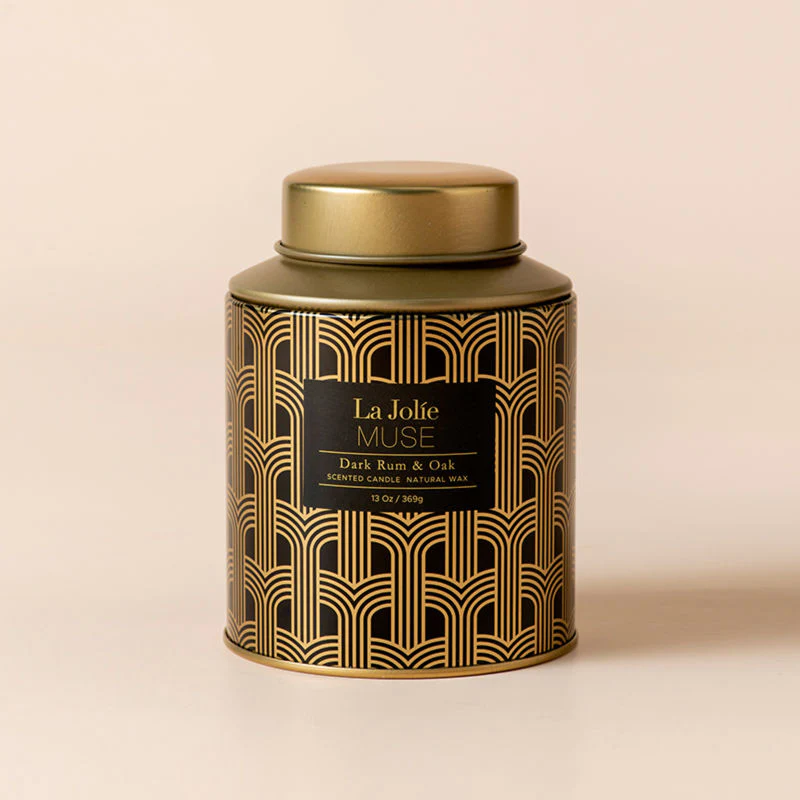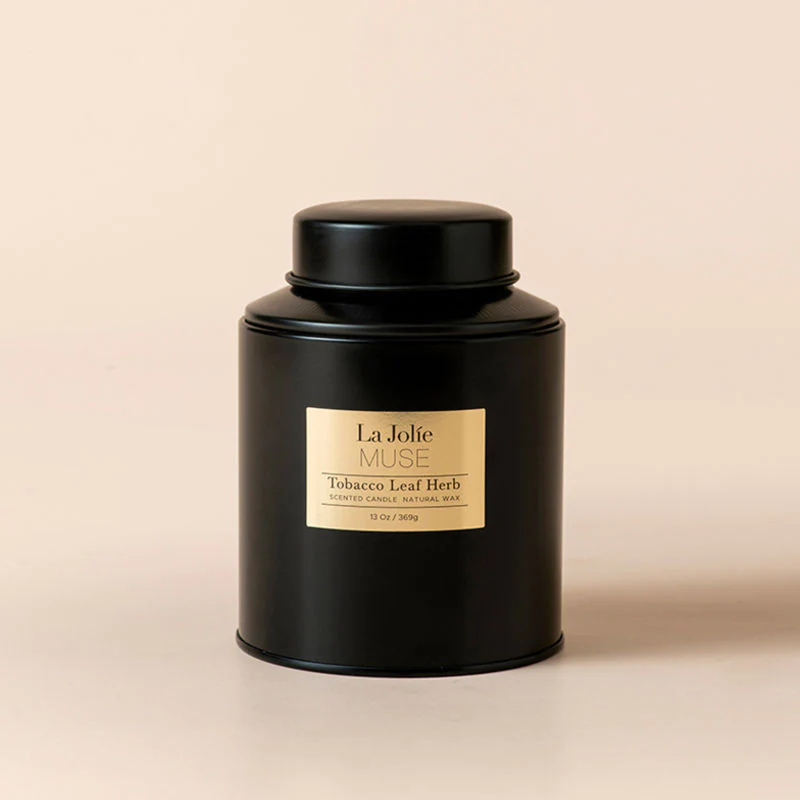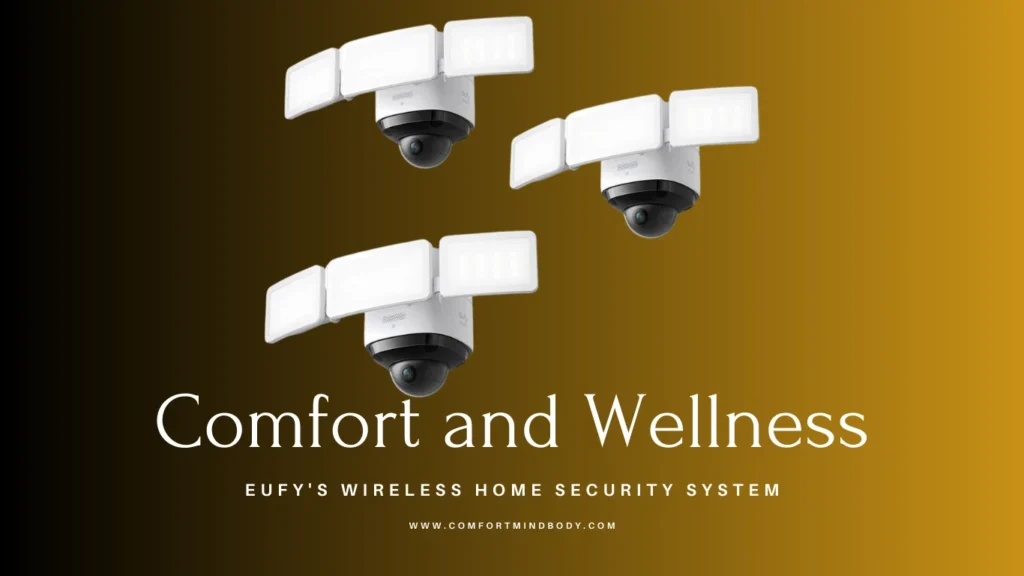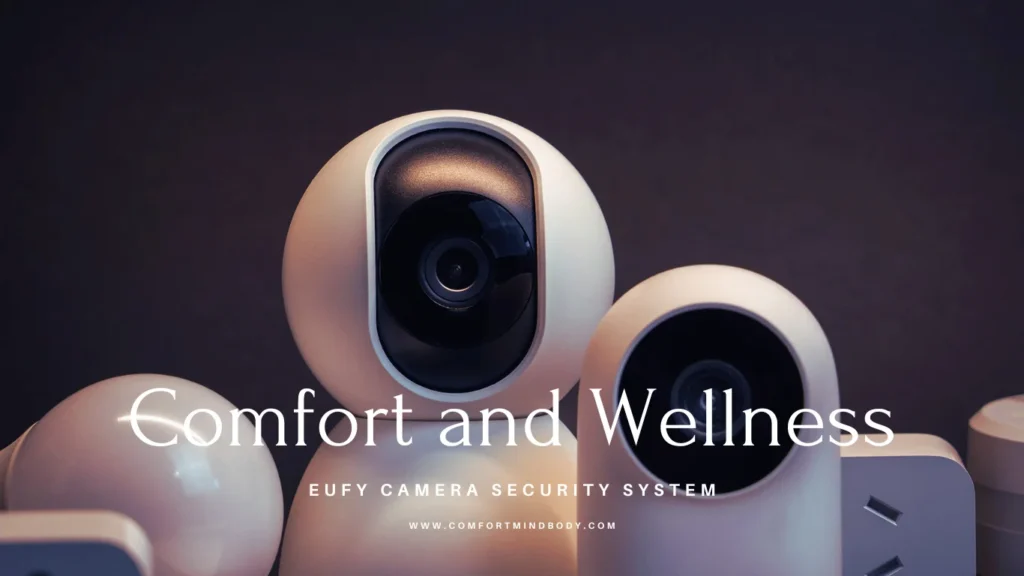Table of Contents
ToggleIntroduction:
Revival of Elegance: Mid-Century Modern Designs! Welcome, design enthusiasts! Let’s go back to the mid-20th century. This was a time when simplicity met style. Functionality and beauty came together.
This era, spanning from the mid-1930s to the mid-1960s, gave birth to an iconic style known as mid-century modern design. This design style mixes organic shapes, clean lines, and simple details. It is timeless and shows that true elegance never goes out of style.
The mid-century modern design reflects the post-war society’s desire for straightforward, functional, and aesthetically pleasing designs. It emerged during a cultural shift, a time when society was all about celebrating new possibilities. This style is characterized by simplicity in form, functionality, and seamless integration of both indoor and outdoor living spaces.
Though it’s been many decades since its inception, mid-century modern design continues to influence the design world. Even with new design trends each year, mid-century modern design still charms both designers and homeowners.
But before we delve into its revival, let’s take a stroll down memory lane to understand its rich history.
The History of Mid-Century Modern Design
Mid-Century Modern Designs
The mid-century modern design movement originated in the United States during the period post World War II. The devastation of war had left people yearning for a fresh start and a new direction. Architects and designers created simple and useful designs. These designs were easy for everyone to access.
The movement was greatly influenced by Bauhaus ideas from Germany. These ideas supported combining art, craft, and technology. However, mid-century modern design was not just an American interpretation of Bauhaus.
It was a unique style that showed the hope and fast changes happening in American society at that time.
As the decades passed, the popularity of mid-century modern design began to wane. However, as the saying goes, “Everything old is new again.” This is true for mid-century modern design. Its resurgence began in the late 20th century and has continued to gain momentum into the 21st century.
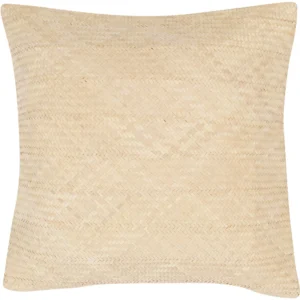
The Colina Pillow
The Colina pillow has an intricately plaited pillow face made from dried palm leaves, a handwoven 100% Ugandan cotton pillow back, and a side zipper enclosure. This pillow is crafted by expert artisans using techniques passed down for generations.
The Revival and Rise of Mid-Century Modern Designs
Mid-Century Modern Designs
Fast forward to 2025, and the mid-century modern design trend is more popular than ever. The revival of this classic design style is not merely a nostalgic trip down memory lane. It highlights a new respect for design ideas. These ideas focus on simplicity and functionality. They also blend indoor and outdoor spaces.
The reason for this resurgence is multi-faceted. Some attribute it to the popularity of television shows like “Mad Men” that glorify the mid-20th century lifestyle. Some people say that mid-century modern design fits well with today’s wish for sustainable and simple living.
No matter the reason, the revival of mid-century modern design in 2025 is not merely a fleeting trend. It’s a design movement that appeals to many tastes. This makes it a versatile choice for homes, offices, and public spaces.

Aluminum Wire Tree of Life Wall Sculpture
Aluminum weaves and twists in a seemingly nonstop maze of wire, building upon itself to form a work of contemporary wall art for your home. The most fascinating part? The tree was shaped by the artist freehand with a single strand of wire!
Defining Characteristics of Mid-Century Modern Design
Mid-Century Modern Designs
Mid-century modern design is characterized by several defining features. First and foremost is the emphasis on functionality. Every piece of furniture or decor serves a purpose, which aligns with the minimalist lifestyle many are embracing today.
Another critical feature of mid-century modern design is the use of organic and geometric forms. Designers of this time tried out different materials and shapes. This led to unique designs that were both artistic and useful.
Natural materials are also a cornerstone of mid-century modern design. Designers used materials like wood, leather, and stone in their designs. They often kept these materials in their natural state to show their beauty.
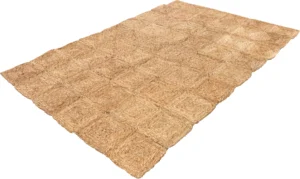
The Monterey Rug
Nearly identical in appearance to our Rush House Original, we consider this rug its “twin.” This product is made from handpicked strands of carefully dried water hyacinth woven into one-foot squares and sewn together by hand. Slightly thicker than our Rush House Original, the Monterey rug will not shed with time.
Mid-Century Modern Interior Design
Mid-century modern interior design is all about creating a harmonious balance between style and function. It’s about using natural materials, embracing simplicity, and creating a seamless flow between the indoors and outdoors. The result is a home that feels open, airy, and inviting.
One of the key elements of mid-century modern interior design is the use of open floor plans. This design feature helps to create a sense of flow and connectivity between different areas of the home. It also allows for plenty of natural light to flood the space, creating a bright and welcoming atmosphere.
Another characteristic of mid-century modern interior design is the incorporation of nature. This can be achieved through the use of natural materials or by incorporating plants into the decor. This connection with nature helps to create a peaceful and calming atmosphere, which is highly sought after in today’s fast-paced world.
Mid-Century Modern Furniture Design
Mid-Century Modern Designs
Mid-century modern furniture design is characterized by clean lines, organic shapes, and a lack of unnecessary detail. The furniture pieces from this era are not just functional; they are also works of art.
One of the most iconic pieces of mid-century modern furniture is the Eames Lounge Chair, designed by Charles and Ray Eames. This chair has smooth lines and uses rich materials like leather and rosewood. It shows the elegance and usefulness of mid-century modern design.
Other popular mid-century modern furniture pieces include the Noguchi coffee table, the Saarinen tulip table, and the Nelson platform bench. These pieces, with their unique shapes and use of materials, continue to inspire designers today.
Mid-Century Modern Kitchen Design: A Closer Look
The kitchen is often considered the heart of the home, and this is no different in mid-century modern design. A mid-century modern kitchen is characterized by its simplicity, functionality, and use of natural materials.
One defining feature of a mid-century modern kitchen is the use of flat-panel cabinetry. These cabinets are usually made of wood. They have clean lines and simple details. This matches the style of mid-century modern design. The use of open shelving is also common, providing a functional and stylish storage solution.
Another characteristic of a mid-century modern kitchen is the incorporation of modern appliances. While the overall design may be retro, the appliances are anything but. This blend of old and new creates a unique aesthetic that is both nostalgic and forward-thinking.
Mid-Century Modern Decor Trends
Mid-Century Modern Designs
As we move further into 2025, the mid-century modern decor trend continues to evolve. While the foundational elements remain the same, designers are finding new ways to incorporate this style into modern homes.
One trend we’re seeing is the use of bold colors. Mid-century modern design usually has neutral colors. However, designers now add bright colors for a modern touch.
Another trend is the use of mixed materials. Designers are combining traditional materials like wood and leather with more modern materials like metal and glass. This mix of materials adds a layer of complexity and interest to the design.
Lastly, we’re seeing a trend towards more sustainable design. Designers are opting for eco-friendly materials and energy-efficient appliances, aligning with the growing desire for sustainable living.
Mid-Century vs Contemporary Mid-Century Modern Design
Mid-Century Modern Designs
While mid-century modern design has its roots in the mid-20th century, it continues to evolve and adapt to the changing times. This has given rise to a new style known as contemporary mid-century modern design.
Contemporary mid-century modern design uses the basic ideas of mid-century modern design. It also adds modern trends and technologies. This blend of old and new creates a unique aesthetic that is both nostalgic and forward-thinking.
While both styles share common elements, there are some key differences. For example, modern mid-century design often uses softer colors. It also includes newer materials and technologies.
Famous Mid-Century Modern Designers and Their Impact
Mid-Century Modern Designs
Several designers have made significant contributions to mid-century modern design. These designers not only defined the aesthetic of the era but also laid the foundation for future design movements.
Charles and Ray Eames are perhaps the most well-known mid-century modern designers. Their work includes furniture, architecture, and film. It is known for using materials in new ways and focusing on functionality.
Another influential designer is Eero Saarinen, known for his unique and sculptural furniture designs. His work, including the iconic Tulip Chair and Womb Chair, continues to inspire designers today.
Lastly, we have Arne Jacobsen, a Danish designer known for his contribution to both architecture and furniture design. His work includes the Egg Chair and the Swan Chair.
These pieces show the simplicity and usefulness of mid-century modern design.
How to Incorporate Mid-Century Modern Design Into Your Home
Incorporating mid-century modern design into your home doesn’t have to be difficult. Start by focusing on functionality. Choose furniture pieces that are not only stylish but also serve a purpose. Opt for clean lines and organic shapes, and don’t be afraid to incorporate a mix of materials.
When it comes to color, stick to a neutral color palette but consider adding pops of color for a modern twist. Incorporate nature through the use of natural materials and by adding plants to your decor.
Lastly, remember that mid-century modern design is all about simplicity. Avoid clutter and unnecessary details, and focus on creating a space that feels open, airy, and inviting.
Conclusion: The Future of Mid-Century Modern Design
The future of mid-century modern design looks promising. As we continue to embrace simplicity, functionality, and sustainable living, the principles of mid-century modern design become increasingly relevant.
While the aesthetic may evolve to incorporate new trends and technologies, the foundational principles remain the same. Mid-century modern design is stylish and useful. Because of this, it will stay popular.
So, as we look toward the future, let’s celebrate the past. Let’s honor the designers who paved the way and continue to inspire us. And let’s continue to embrace the elegance and simplicity that define mid-century modern design.
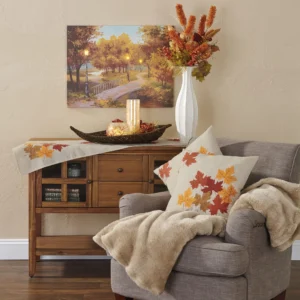
HomeStyles Collection Seagrass Leaf Tray
Woven seagrass over metal frame. 27.25 “L x 14 “W x 4 “H
Affiliate Disclosure:
The links contained in this product review may result in a small commission. This goes towards supporting our research and editorial team and please know we only recommend high-quality products.
Note: This article is for informational purposes only and is not intended to diagnose, treat, or cure any disease. Always consult a healthcare professional before taking any supplement or making any changes to your diet or lifestyle.

